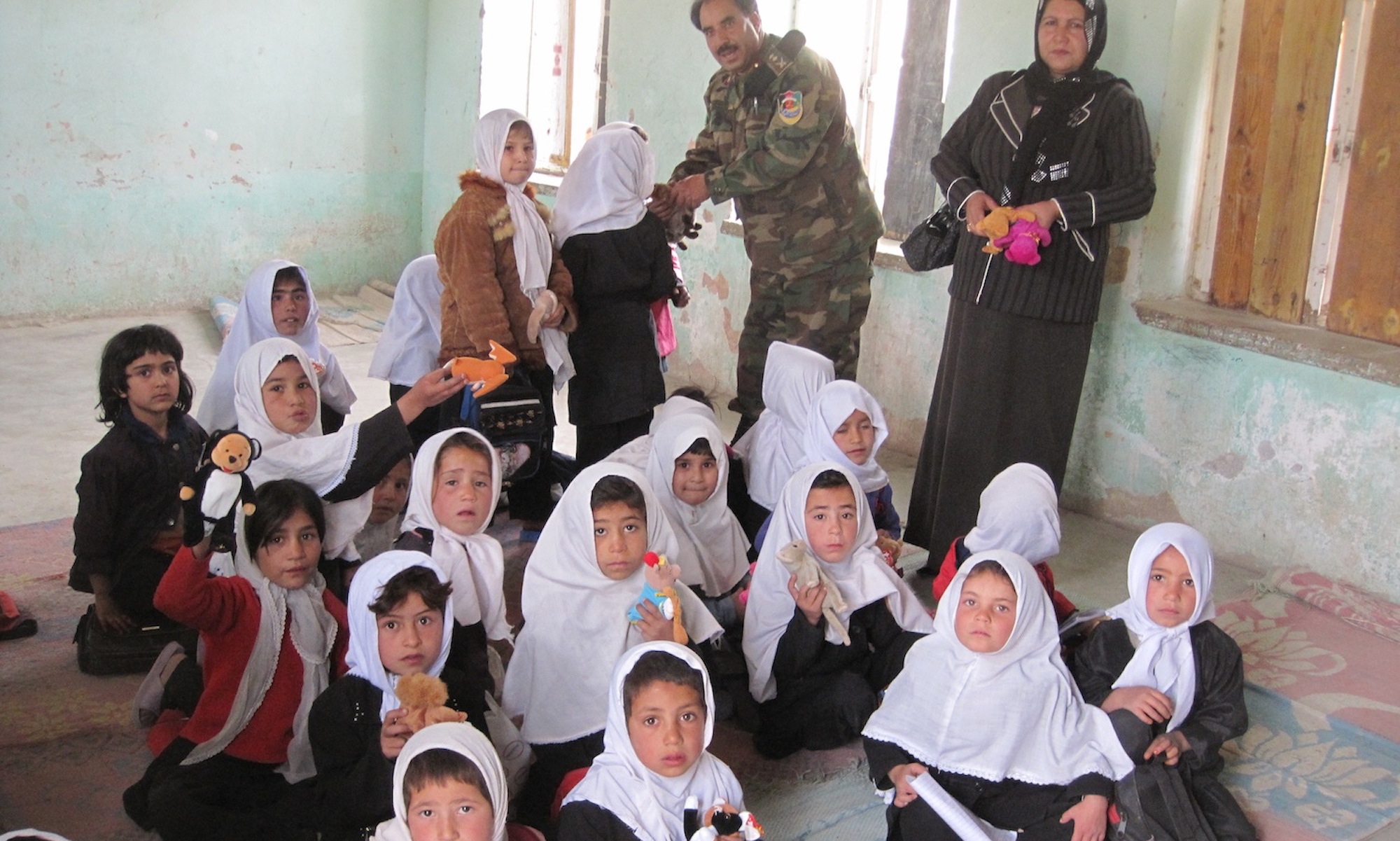Understanding Civil War : Evidence and Analysis, Volume 2. Europe, Central Asia, and Other Regions
The two volumes of Understanding Civil War build upon the World Bank’s prior research on conflict and violence, particularly on the work of Paul Collier and Anke Hoeffler, whose model of civil war onset has sparked much discussion on the relationship between conflict and development in what came to be known as the “greed” versus “grievance” debate. The authors systematically apply the Collier-Hoeffler model to 15 countries in 6 different regions of the world, using a comparative case study methodology to revise and expand upon economic models of civil war. (The countries selected are Burundi, Congo, Democratic Republic of Congo, Nigeria, Kenya, Mozambique, Sudan, Algeria, Mali, Senegal, Indonesia, Lebanon, Russian Federation, Colombia, Northern Ireland, Bosnia-Herzegovina, Macedonia, and the Caucasus.) The book concludes that the “greed” versus “grievance” debate should be abandoned for a more complex model that considers greed and grievance as inextricably fused motives for civil war.
Containment and territorial transnational actors: Israel, Hezbollah and Hamas
Containment has been salient in intellectual and policy debates for 60 years. It informed US foreign policy towards the USSR and, later, the so-called rogue states. The endurance of containment beyond the Cold War suggests that it possesses the quality of transferability, the capacity of a grand strategy from the past to transcend the circumstances that gave rise to it, to suggest what should be emulated and what avoided in future policies. Drawing on the notion of transferability and on the method of structured, focused comparison, this article uses Israel’s foreign policy towards Hezbollah and Hamas to argue that containment is transferable from the state level to a state/territorial transnational actor (TNA) relationship, albeit with permutations. This argument is examined in relation to four issues: the circumstances under which containment arises; its applicability to territorial TNA; the objectives sought by implementing containment; and the role of legitimacy as a component of containment. In so doing the article seeks to make a contribution to the debate on containment. While there is a rich literature on state containment, research on containing territorial TNA has been extremely limited.
